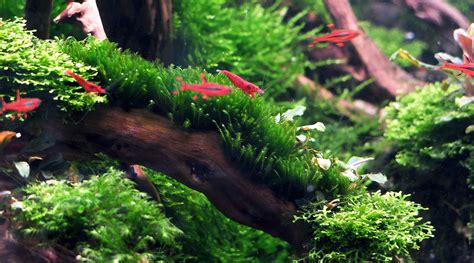Aquarium moss can add depth and create a natural look when attached to driftwood. Although Sphagnum moss is useful, for plants requiring support, coco coir is often sufficient. Sphagnum moss blocks are excellent for moisture retention and serve as a decorative top dressing for pots.

Creating a Moss Stick is a simple and cost-effective process, costing as little as ₹10. The Leafy Tales Moss Stick, for instance, is a green grass pole designed for plant support, specifically beneficial for climbing indoor plants like the Money Plant. Available in sets of six, these 3 ft sticks are an efficient way to train plants.
When repotting, positioning the moss pole centrally and extending it to the bottom of the pot allows the plant to wrap around it effectively. In India, as of 12 July 2022, the popularity of moss backgrounds in green hues has increased, highlighting their aesthetic value. To prepare a moss pole, it’s essential to soak it thoroughly, especially if it’s dehydrated, and then squeeze out the excess water.
The WASHMA Moss Pole, for example, is a 16-inch moss pole designed specifically for Monstera and Cheese Plants. It comes with zip ties, plant labels, and a mini gardening tool set, emphasizing upward growth of plants. Similar products include a 56-inch moss pole and a 50cm bamboo coir pole, both aimed at supporting climbing plants like Monstera.
Moss can be somewhat controlled by improving air circulation around the plant. Regular watering and misting help maintain its health and appearance. The basic set of moss sticks can be extended as needed, thanks to a simple screw principle.
Moss blocks, often traded by wandering traders for emeralds, are another option for plant enthusiasts. For climbing plants, a variety of moss poles are available, including large coir totem poles and 80cm packs designed for Monstera, Cheese Creepers, and other indoor plants.

